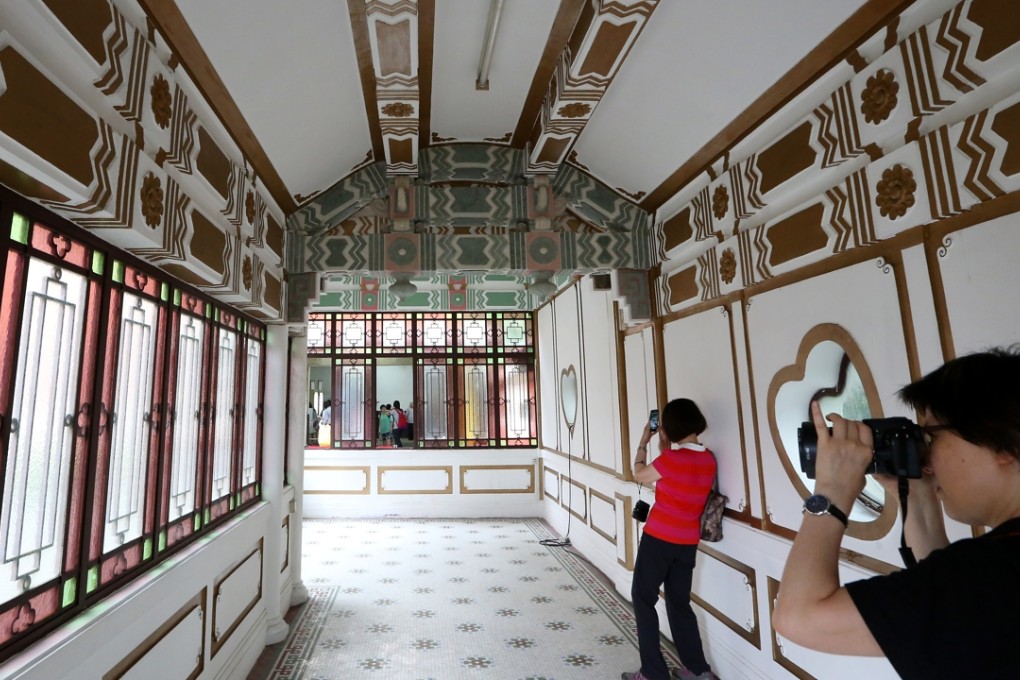The different fates of two heritage buildings Hong Kong government saved
By handing over the operation of preserved buildings to private groups, officials have tried to resolve a long-standing problem – what to do with old places – but have not silenced all the critics

Green Hub

On November 6, the former Tai Po Police Station officially reopened as Green Hub, a centre for promoting sustainable living run by Kadoorie Farm and Botanic Garden. The cluster of single-storey buildings date back to 1899, and was the location where the British raised their flag for the first time after taking over the New Territories.
SEE ALSO: More Hong Kong heritage being saved, but critics question uses its being put to
Today, the hill-top property is a green oasis where visitors can enjoy a superb vegetarian meal made with the farm’s own produce. There is also an organic shop, and guest rooms for hire.
It falters in the unfriendliness towards visitors. Diners are told off like badly behaved schoolchildren for not putting used dishes in the correct, albeit unlabelled, collection bins. And visitors who fancy a peep at the guest rooms are told they must first apply for a preview.
King Yin Lei
